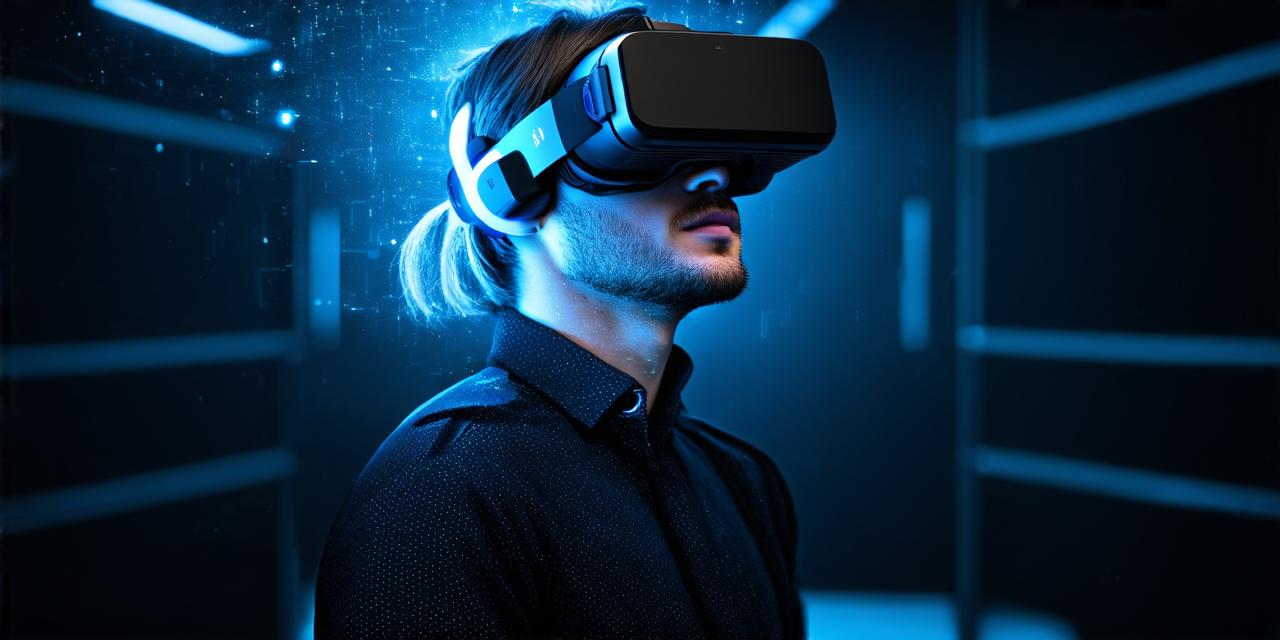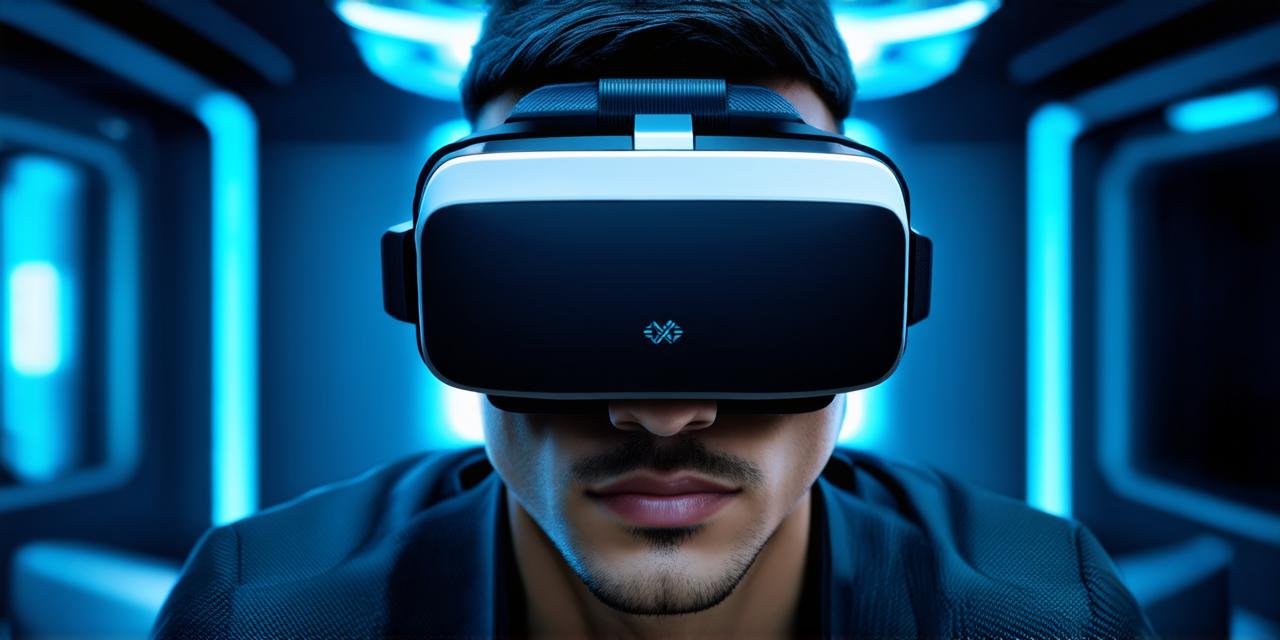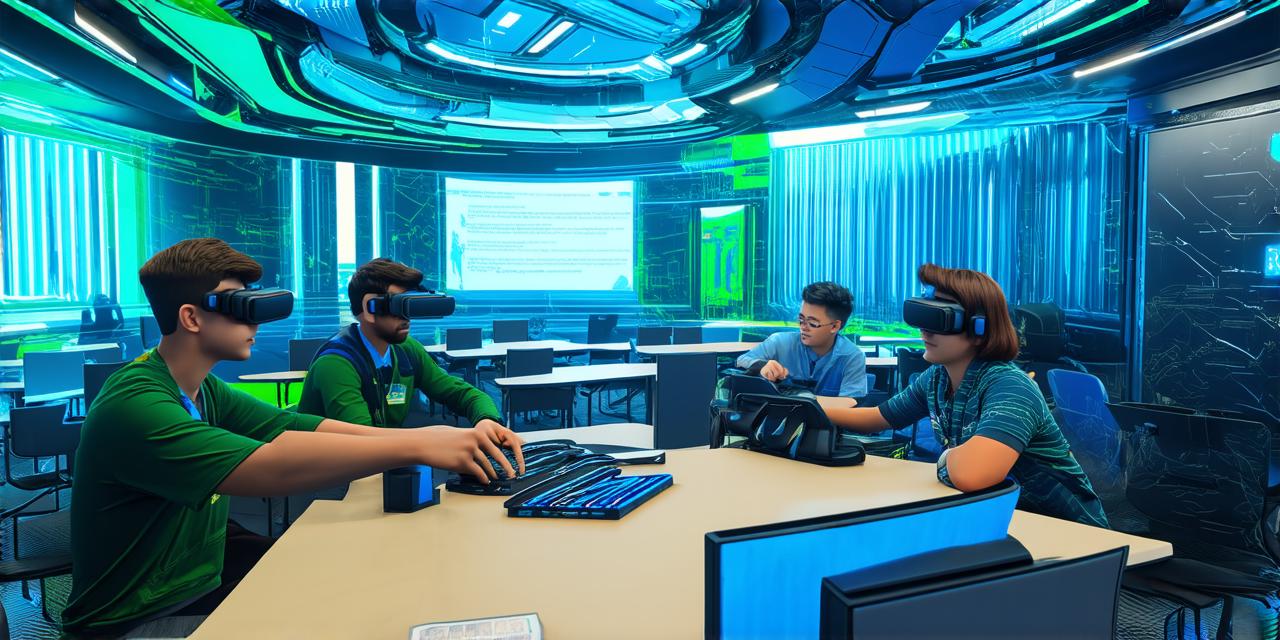What is Exposure Therapy?
Exposure therapy is a type of psychotherapy that involves exposing patients to their fears or anxieties in a controlled environment. The goal of exposure therapy is to help patients learn to cope with these fears and anxieties by gradually exposing them to situations that trigger them.
How does VR Exposure Therapy work?
Virtual reality (VR) technology allows us to create a simulated environment that replicates real-life situations or scenarios that trigger anxiety or fear in patients. In VR exposure therapy, patients wear a headset that tracks their movements and immerses them in a virtual world.
The therapist then uses the VR system to create a realistic and interactive environment that simulates the situation or scenario that triggers the patient’s anxiety or fear. The therapist can control various parameters of the virtual environment, such as lighting, sound, and other stimuli, to make it more or less challenging for the patient.

Benefits of VR Exposure Therapy
One of the main benefits of VR exposure therapy is its ability to provide a safe and controlled environment for patients to confront their fears or anxieties. In traditional in-person exposure therapy, patients may be uncomfortable or anxious about leaving their homes or going out in public. With VR exposure therapy, they can safely confront these situations in a virtual world without the risk of physical harm.
Another benefit of VR exposure therapy is its ability to provide immediate feedback and adjustment to the patient’s progress. In traditional exposure therapy, the therapist may not be able to immediately adjust the level of difficulty based on the patient’s progress. With VR exposure therapy, the therapist can quickly adjust the virtual environment to make it more or less challenging as needed.
Virtual reality technology also allows for greater flexibility in designing exposure therapy scenarios. In traditional exposure therapy, the therapist may have limited options for creating realistic scenarios that trigger the patient’s anxiety or fear. With VR exposure therapy, the therapist can create any scenario they want and customize it to meet the specific needs of the patient.
Real-Life Examples
One real-life example of VR exposure therapy is the use of virtual reality technology to treat phobias such as arachnophobia (fear of spiders) or acrophobia (fear of heights). In these cases, patients wear a headset and are exposed to virtual environments that simulate real-life situations with spiders or heights. The therapist can then gradually increase the intensity of the simulation as the patient becomes more comfortable.
Another example is the use of VR exposure therapy to treat post-traumatic stress disorder (PTSD) in veterans. In these cases, patients may be exposed to virtual environments that simulate combat situations or other traumatic events they experienced while serving. The therapist can then help the patient process their emotions and learn coping strategies for dealing with these triggers.
FAQs
1. Is VR exposure therapy as effective as traditional in-person exposure therapy?
While research on the effectiveness of VR exposure therapy is still limited, studies have shown that it can be just as effective as traditional in-person exposure therapy in treating various anxiety disorders.




